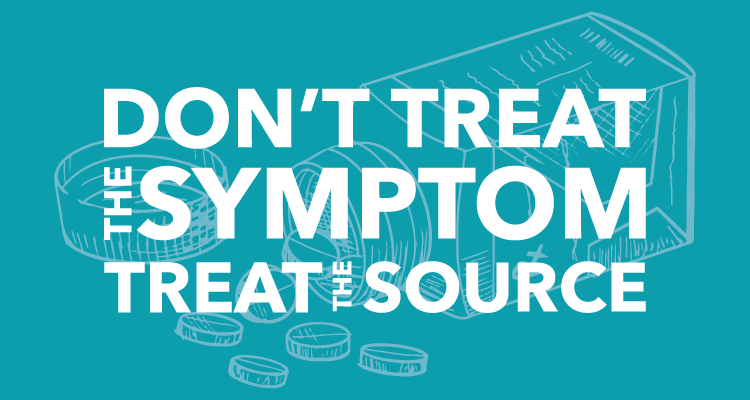
Acid Reflux Center
If you experience chronic acid reflux, also known as gastroesophageal reflux disease (GERD), and your current treatment isn’t managing your symptoms, you might be eligible for a minimally invasive procedure.
What Is Acid Reflux?
Acid reflux is a digestive condition that occurs when stomach acid travels upwards out of the stomach. It moves into the esophagus and sometimes into the throat and mouth. GERD is characterized by frequent episodes of acid reflux and heartburn.
What Causes Acid Reflux?
The lower esophageal sphincter (LES) separates the esophagus from the stomach. When you swallow, the LES opens to allow liquids and food into the stomach. While the LES is supposed to stay closed to prevent acid from traveling into the esophagus, some people have weak or relaxed sphincters that allow stomach acid to move upwards.
What Are the Symptoms of Acid Reflux?
Symptoms vary from person to person but may include:
-
Shortness of breath
-
Sore throat
-
Difficulty swallowing
-
Sour taste in the throat or mouth
-
Coughing
-
Belching
-
Regurgitation
-
Tooth decay
Why Treating Acid Reflux Is Important
Without prompt treatment, repeat exposure to stomach acid can damage your esophagus and oral health. Some conditions that stem from repeated acid exposure are:
-
Esophagitis: inflammation that makes the esophagus more susceptible to future damage
-
Esophageal stricture: a narrowing of the esophagus
-
Esophageal rings: bands of inflamed tissue in the esophagus
-
Barrett’s esophagus: a pre-cancerous transformation of the cells in the esophageal tissue
-
Tooth decay
Minimally Invasive Treatments for Acid Reflux
Lifestyle changes and medications are almost always the first courses of action in treating acid reflux. However, if these treatments don’t produce the desired effect, your doctor might suggest an alternative treatment method. At Our Lady of the Lake Physician Group’s Acid Reflux Center, we offer several minimally invasive procedures, including:
Nissen Fundoplication
During this procedure, a robotic-assisted surgeon will take the top part of your stomach (the fundus), wrap it around the LES, and surgically attach it there with stitches. This strengthens the LES and helps keep acid in the stomach.
LINX® Reflux Management System
A surgeon will place a ring consisting of small magnets around the LES. The magnets move gently to allow food and liquids into the stomach but don’t move when stomach acid applies pressure on it from below.
Stretta®
During this non-surgical procedure, a doctor uses a long, thin device to expose the LES and gastric cardia to low-power, low-temperature radiofrequency energy. This energy strengthens the sphincter, resulting in less acid escaping.
